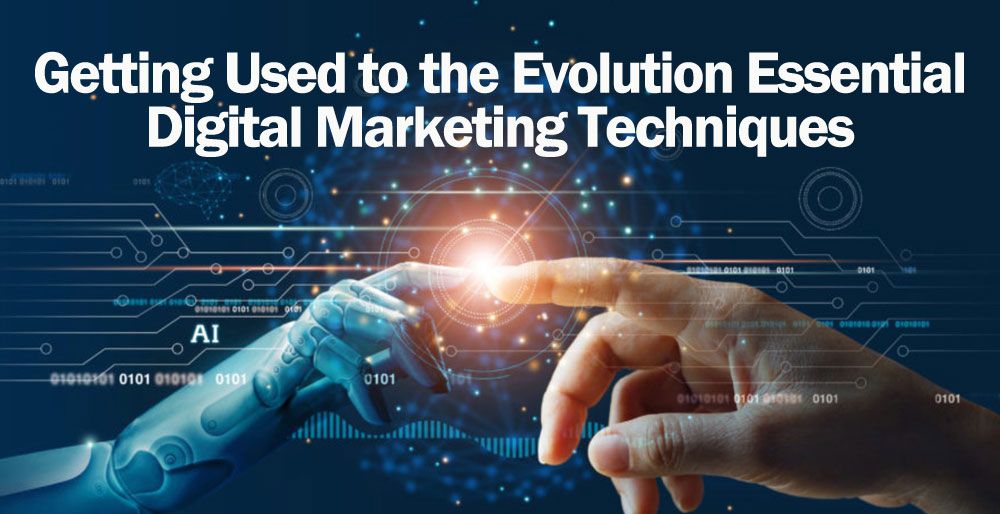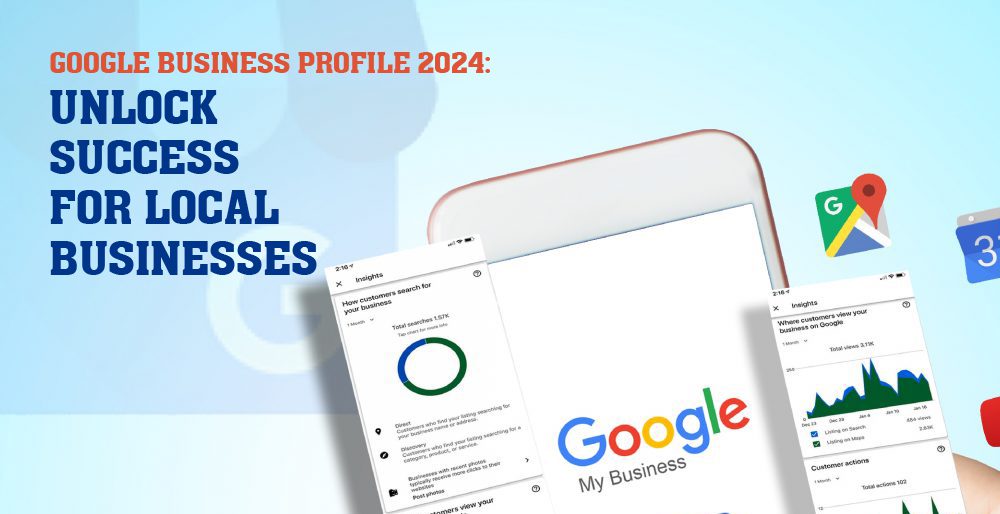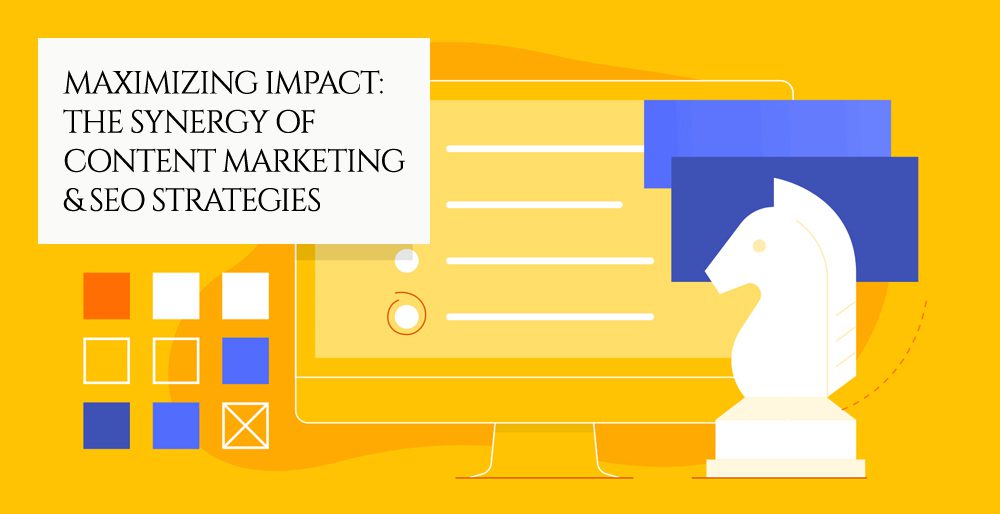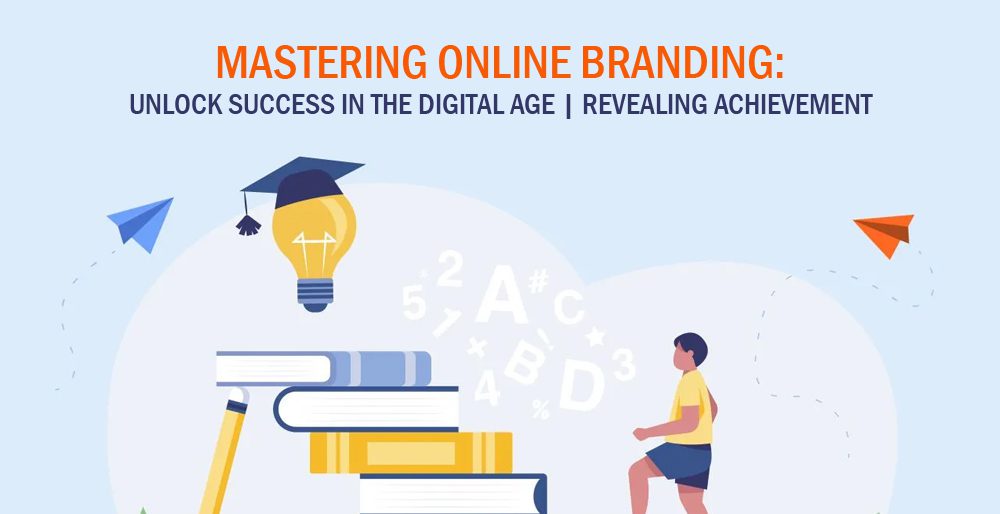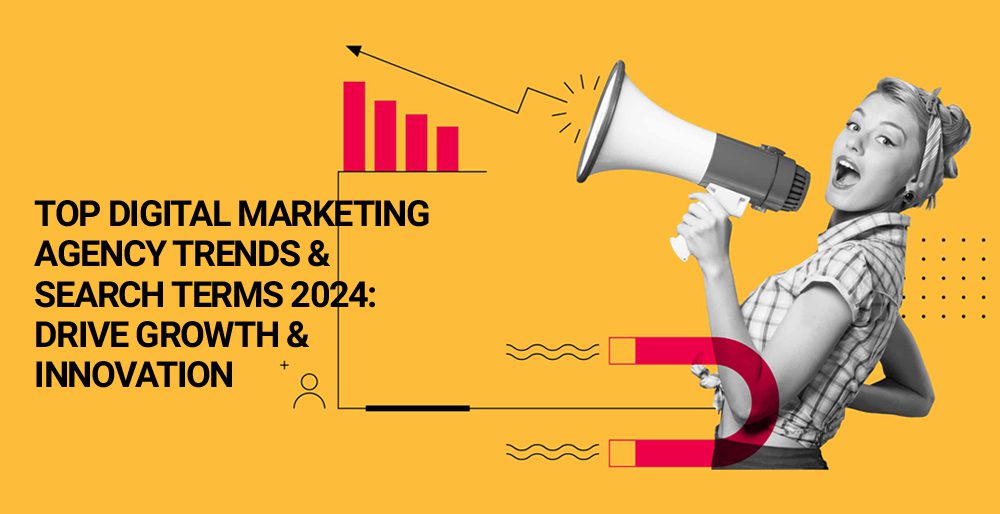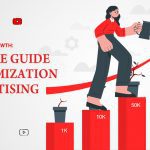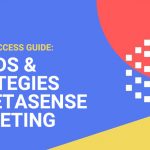
Discover the top 17 SEO practices to dominate search engine rankings in 2024. From SEO strategy to Content Optimization, unlock the secrets to boosting your website’s visibility and traffic. Dive into our expert guide filled with actionable tips and the latest Digital Marketing trends.
you’re already ahead of the game when you decide to use WordPress for your blog or website. You won’t regret reading this post if you don’t. The main advantages of WordPress as one of the best blogging platforms are its security, complete customization, and ease of use. Are you looking for WordPress for SEO that’s simple to use? Make your WordPress SEO efforts more effective with MetaSense Marketing.
Take a look at the blog on the subject as well!
WordPress: what is it?
WordPress.org is a blogging platform that allows users to create, optimize, and update their blogs without writing any code. More than 74 million people today use this open-source software as the most popular content management system.
Its open-source nature gives WordPress an edge over Square space and other major platforms. The WordPress code can be modified and enhanced by anyone who understands coding and software programming.
No need to worry; WordPress is constantly being enhanced by coders worldwide, so it’s as good as it gets.
What makes WordPress such a great SEO tool?

Initially, WordPress was used only for blogging, but its potential became almost unlimited as users started creating plugins, add-ons, and themes. At its core, it enables the publishing of content and its proper indexing for Google’s algorithm to review and index. It can be used for virtually anything web-based.
In contrast to other content management platforms, WordPress.org allows you to make changes to your website, add plugins, choose responsive themes, publish blog posts, and more, all of which affect SEO and where your articles appear in Google’s search results.
Using WordPress will help you attract Googlers’ eyes if you run a business that depends on traffic volume. Content structuring and improving mobile responsiveness are examples of more advanced SEO tasks.
On-page SEO and WordPress
When it comes to on-page SEO, WordPress has a lot to offer.
You can use tons of plugins for page acceleration, image optimization, and caching in addition to modifying meta titles, headings, and tags. By improving your site’s loading time, search engines will give your site a higher ranking (search engines give faster sites preference).
Monitoring your site for anything that might reduce your SEO traction is made easy with these tools.
Mobile optimization is one of the best features of WordPress in general. Sitemaps can be generated and submitted to Google automatically using one-click plugins.
If you or your developer find SEO updates that you want to make, WordPress allows you to modify your code. You can easily customize and optimize your site uniquely based on the needs of your site this way.
Last but not least, WordPress is a powerful platform for creating great, SEO-friendly content.
How to Improve Your Rankings with the SEO Guide to WordPress

Now that we’ve covered all that, let’s take a look at the best SEO tips for WordPress!
1. Make sure your theme is SEO-friendly
- Choosing a theme for your WordPress blog is the first step towards making your site look the way you want it to. Good news is that WordPress blogs and websites can be customized with countless free themes and options. Just click “Add New” under “Themes” on your SEO tool (iMetaDex) admin page.
- But it’s not just about looks! Make sure you choose a WordPress theme that is SEO-friendly. Switching to an SEO-friendly theme can help you get more traffic if you already have a WordPress theme.
2. A good host site should be chosen
- A host is still required if you want to use WordPress.org as your blogging software. In contrast to just working on it on the backend, web hosting makes your WordPress.org website visible to the world.
- There are many web hosts, including Go-daddy, WP Engine, Bluehost, and Hostgator. The first step to starting a WordPress blog is to find a web host.
3. Choose your preferred domain name
- Depending on your domain preference, you can either set up your WordPress site. As these are considered to be different URLs, you need to make sure your site can be accessed on only one of them.
- Choose your preference if you’re launching a new website and we’ll get started!
4. Create a website that is optimized
- The next step is to optimize your site for search engines by updating your site title, meta description, and more using your theme editor. Your WordPress theme allows you to modify what Google sees when your site appears.
- Plugins can also be used. Titles and meta descriptions are edited with Yoast SEO. This is how this post looks after editing:
5. Generating content more quickly
- An ongoing, strategic content machine is essential to establishing a strong online presence. The fact is, if you want to optimize your website for search engines (SEO), you have to write great blog posts frequently.
- This includes developing relevant topics and keywords for your audience, writing compelling marketing copy, blogging, creating content briefs, etc. Identifying the need for content is the easy part. The hardest part is producing that content.
6. Ensure that your posts are internally linked
- In order to rank in search engines, it is important to create internal links. You can create a richer experience for your users by linking to other content on your site.
- Higher placement in SERP (search engine results page) is also achieved by having more internal links. You should include at least 2-3 links to other blog posts or main site pages in each blog post.
7. Structure optimization for WordPress sites
- Site structure aids both your users and search engines in understanding and navigating your site. Your site and pages are ranked in order of importance.
- Organizing your site well makes it easier for users to navigate from the homepage to category pages to individual posts…and back again!
- What methods do you use to keep your site organized?
- A clear and easy-to-navigate homepage is essential. Too many options on your homepage will make your site harder to use.
- Categories and tags are the two default ways WordPress structures content.
8. Make use of their suggestions for headings
- You should also organize your posts within your organization. If you’ve somehow messed up the heading hierarchy, WordPress provides heading suggestions. The heading was changed from H3 to H,5 so you can see it it here. Temporarily, so I can continue to follow the best SEO WordPress practices!
- It’s not just about the hierarchy when it comes to SEO. Make use of rich keywords in headlines that are clear and and interesting. A heading (headline) is a title at the top of a page or section or paragraph. The size of the headings varies depending on its importance and location.
9. It’s important to use URLs and permalinks
- SEO depends on the structure of your URLs. Luckily, WordPress URLs are highly structured – they’re categorized according to your choices and follow best practices. What are the best ways to make the most of your URL?
- The URL of the article should contain your keywords (within reason). To ensure that searchers looking to compare Clear scope and Market Muse in any way can find our article, we included both Clearscope and Market Muse in our URL. What did we not do?
10. Best practices for images
- When it comes to optimizing your images for SEO in WordPress, there are a few things you should do:
- The title, alt text, and caption of the images help both readers and search engines understand what the images are and how they relate to the keyword. The title, alt text, and caption should indicate this if you’re writing a piece about content marketing agencies.
- You should name and link back to the source of your images if they’re from another site as good SEO practice (and also good karma).
11. Boost the speed of your website
- A good web experience depends on the speed of the site. Your website’s bounce rate will increase dramatically if it loads slowly. Therefore, you should ensure that your website is relatively fast.
- There is good news, however, as most modern WordPress hosting platforms support fast page loading times. You shouldn’t worry too much about site speed if you’re just getting started.
- There are, however, a few steps you can take if you are slowing down:
- You can install a lazy load plugin to make your site’s images and other rich content only load when users scroll down. As a result, the first time a user visits your website, everything won’t have to load all at once.
- Make use of a CDN. You can load your content dynamically through content delivery networks, such as Cloud flare. It should theoretically make everything load faster since this reduces the load on your server.
- Make sure your images are compressed (like we just discussed above)!
- Your web hosting may need to be upgraded if your site is still too slow after all this.
12. Make UI/UX a priority
- User interfaces (UIs) and user experiences (UXs) affect your search engine optimization (SEO). Regardless of the information or products offered, you won’t want to use a site without a good user experience. Good user experiences require good user interfaces, otherwise there is nothing to experience.
- You should design your website’s user interface to maximize its SEO value. The reason is that easy-to-navigate and easy-on-the-eyes websites tend to keep users on-page longer than others.
- UX & UI can be improved in the following ways:
- Choose a WordPress template that has a simple, clean design, as we suggested earlier. Creating a template from scratch is not a good idea. You’ll likely have to pay more and it won’t look as nice as a ready-to-use design.
- Follow the “3-click design” rule. In general,, a user should not have to click more than three times to get from one page to another on a website. In other words, your website should be easy to navigate and have an intuitive hierarchy.
- Improve the user experience by looking for ways to do so. You’re probably right if you think a simple design element makes something easier to read or will keep users on your site the longer. Whenever I write a blog post, I like to include a table of contents at the beginning. Readers looking to skim can use it to make posts more digestible.
13. Be [mobile] friendly
- When you click on a site from your phone, half the page isn’t showing, the buttons are too small, or you can’t find the navigation bar? Aren’t you frustrated by it? The importance of having a mobile-friendly website design can’t be overstated.
- Mobile devices are the most common way for users to access Google. Because of this, Google now indexes and ranks pages using mobile-first indexing. Consequently, you should ensure that your mobile site loads correctly and is easy to navigate and read on mobile devices.
- Your rankings will suffer if you can’t say the same for your mobile version, even if your site looks and loads perfectly on a desktop. It is essential to use a theme that is mobile responsive. The text should appear large enough on small screens, the navigation buttons should be easy to press, etc.
- For desktops, tablets, and smartphones, Google recommends responsive design—a grid-based design that adapts dynamically to all screen sizes. The free mobile-friendly checking tool provided by Google can be used for free.
- It is possible to improve the mobile responsiveness of a WordPress site using plugins. By optimizing mobile view and creating mobile friendly sliders, these SEO plugins help rank your site higher. Sliders enhance the aesthetics of the site, but also slow it down and take up a lot of resources.
14. Google Search Console verification
- A key tool for improving the performance of your WordPress website is Google Search Console. Analytics tools are tools that help you understand who visits your website and how it performs.
- Essentially, Google Search Console allows creators to see how Google views what is happening around their websites, which allows them to maximize their marketing efforts and improve search engine optimization (SEO).
15. Submit sitemaps (XML)
- Google crawls XML sitemaps to make sure it can find and index a website’s important pages. When determining rankings, Google uses this information to understand the structure of your website and what pages are most relevant.
- You can speed up content discovery by submitting a sitemap, and it is also a signal to Google that your site has been updated.
- An SEO plugin, which generates XML sitemaps automatically and makes it easier for Google to fetch them (like when a new post is published), might be more effective than WordPress’ native XML sitemap.
16. Make sure your schema is marked up
- When you use an SEO plugin, making schema markup even easier is one of the best parts of WordPress.
- By adding context to your content and data, schema markup (or structured data) can improve your SEO efforts. In contrast to XML sitemaps, markups help search engines understand your content, and present it in different and engaging ways, and enhance the searcher’s experience.
- Structured data can be described as a “dictionary for search engines.” By describing your content in code, you are able to:
- Clearly communicate the topic of that particular piece of content.
- Provide the publication date and place
- You will be able to tell who wrote it, what site it was published on, and when it was published (how-to, FAQ, recipe, etc.).
- When you add context to your pages, you increase your chances of ranking higher and getting clicks when your page is displayed. Search engines reward sites with higher rankings based on how well they understand them.
17. Plugins are a must for WordPress
- One of the best things about WordPress is the plugins. In other words, you simply “activate” other people’s code.
- There are many different things you can do with them, such as…
- Broken links are penalized by search engines (broken links ‘penalise’ your site)
- As you type keywords, internal links will be automatically created.
- Live-stream all your Twitter and Instagram posts.
- Comment on your posts and allow users to do so.
- We have discussed automating XML sitemaps
- This list of WordPress SEO best practices also includes lots of other things!
- Additionally, WordPress plugins make your URLs search engine-friendly, track 404 errors, and automatically redirect 301s when necessary.
- Go to the “Plugins” section of your WordPress dashboard to find the world of WordPress plugins. After that, you will be taken to a page that looks like a WordPress plugin app store.
A final word
Growing organic traffic can be tricky, but if you follow these SEO tips and implement them, we can almost guarantee your rankings will improve. Founded in New Jersey/Philadelphia, MetaSense Marketing specializes in creating successful, comprehensive marketing strategies and is the only company in the world to offer iMetaDexTM. As a New Jersey/Philadelphia SEO agency, we focus on understanding your business and creating a complete business plan.
How do you optimize your site for search engines? Let us do the job for you!
Designing, building and implementing Award-Winning Digital Marketing Strategies.
Contact me directly at 856 873 9950 x 130
Or via email at : Support@MetaSenseMarketing.com
Check out our website, get on our list, and learn more about Digital Marketing and how MetaSense Marketing can help.
https://www.metasensemarketing.com
For more information and to schedule an appointment, CLICK HERE.
MetaSense Marketing Management Inc.
866-875-META (6382)
support@metasensemarketing.com


